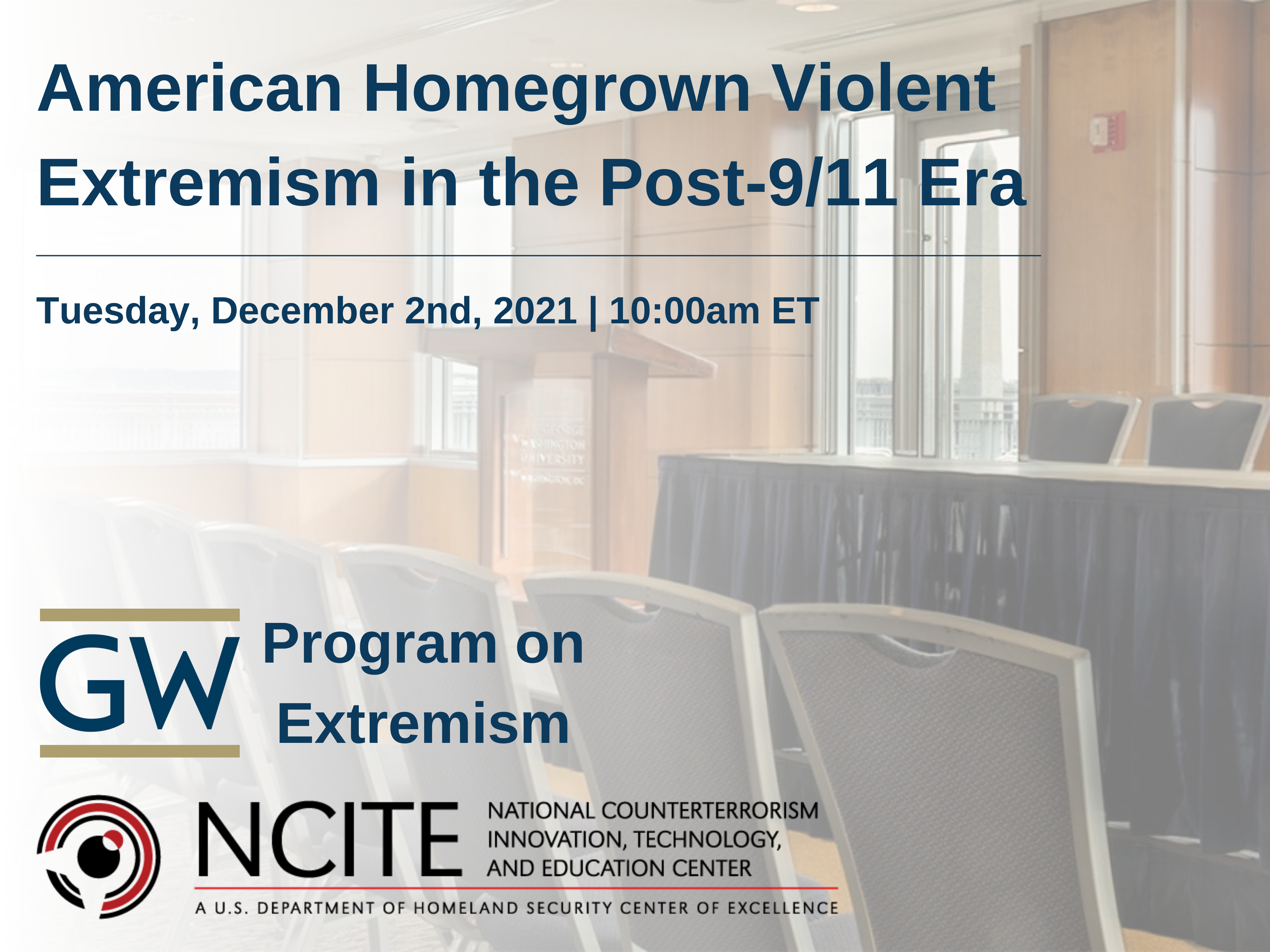American Homegrown Violent Extremism in the Post-9/11 Era

Summary
The threat from jihadist terrorism to the United States has continued to evolve in the twenty years after the September 11, 2001 attacks. Over time, it transformed from a predominantly external phenomenon to a largely homegrown one, dominated by individuals who radicalized and, in most cases, were born and raised in the U.S. This new dynamic led to important changes in how the U.S. government counters jihadist terrorism, many of which have been the subject of ongoing policy, legal and ethical debates. Recent events in Afghanistan have triggered new concerns among American policymakers and counterterrorism practitioners about their possible impact on homegrown violent extremism. Authorities fear that the country might once again become a sanctuary for jihadist groups, which could attract American foreign fighters or direct homegrown violent extremists to carry out attacks in the U.S.
To review these and other issues, the Program on Extremism at George Washington University in conjunction with the National Counterterrorism Innovation, Technology and Education Center (NCITE) hosted a virtual panel discussion on Tuesday, September 14, 2021. The panel, moderated by Program on Extremism Senior Research Fellow Bennett Clifford, discussed the trends, developments, policy responses, and future of jihadist homegrown violent extremism in America. Speakers included:
- Seamus Hughes, Deputy Director of the Program on Extremism
- Rebecca Ulam Weiner, Assistant Commissioner for Intelligence Analysis for the New York Police Department Intelligence Bureau
- Gina Scott Ligon, Director of NCITE, The Department of Homeland Security Center of Excellence at University of Nebraska at Omaha
- Kim Cragin, Senior Research Fellow for Special Operations and Counterterrorism at the National Defense University Center for Strategic Research

